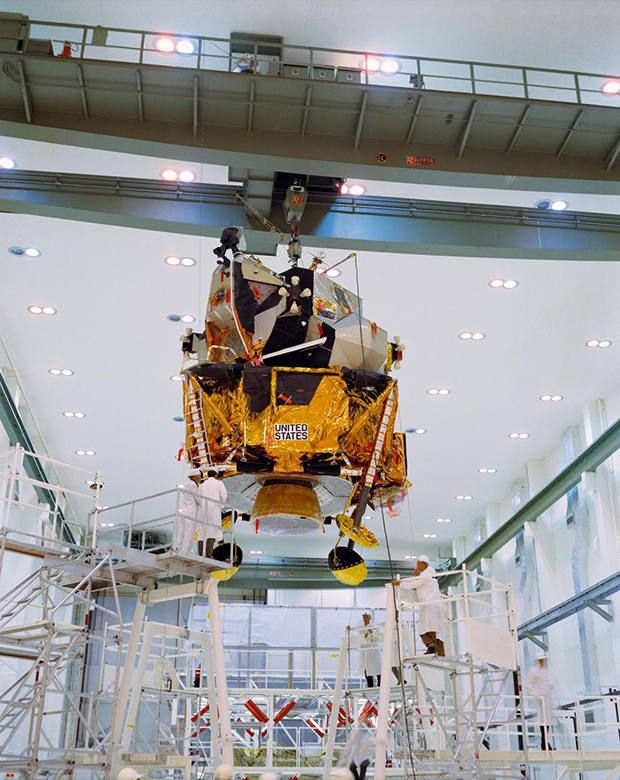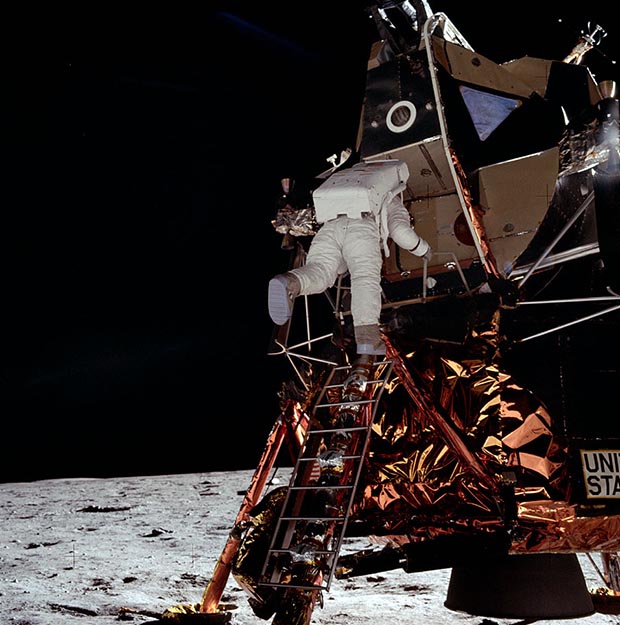On July 20, 1969, the whole world watched as American astronauts Neil Armstrong and "Buzz" Aldrin became the first human beings to land on the moon. The little vehicle that got them there is a part of Long Island history..
That’s right, the Lunar Module (also known as the “Lem”) was made right here on Long Island by Long Islanders. Grumman Aerospace Corporation got the contract for this vital vehicle that ferried the first men from lunar orbit to the surface of the moon and back.
Click here to see some historical pictures of the lunar module.
It all started when Russian launched the first artificial satellite called “Sputnik” and supercharged the space race. President John F. Kennedy promised we would put men on the moon by the end of the 1960s.

"I believe that this nation should commit itself to achieving the goal, before the decade is out, of landing a man on the moon and returning him safely to Earth," he said.
Grumman was tasked with creating the vehicle that would take astronauts from the orbiting command module to the surface of the moon and back.
Click here to read some crazy and historical facts about the Grumman Lunar Module.

Buzz Aldrin is jumping down to the top rung of the ladder and hasn't quite landed on it. He is gripping the handrail with both hands and, rather than walk down the ladder, he is hopping down. Photo: NASA.










